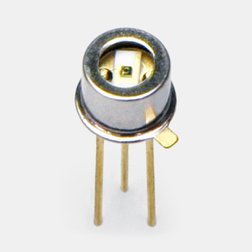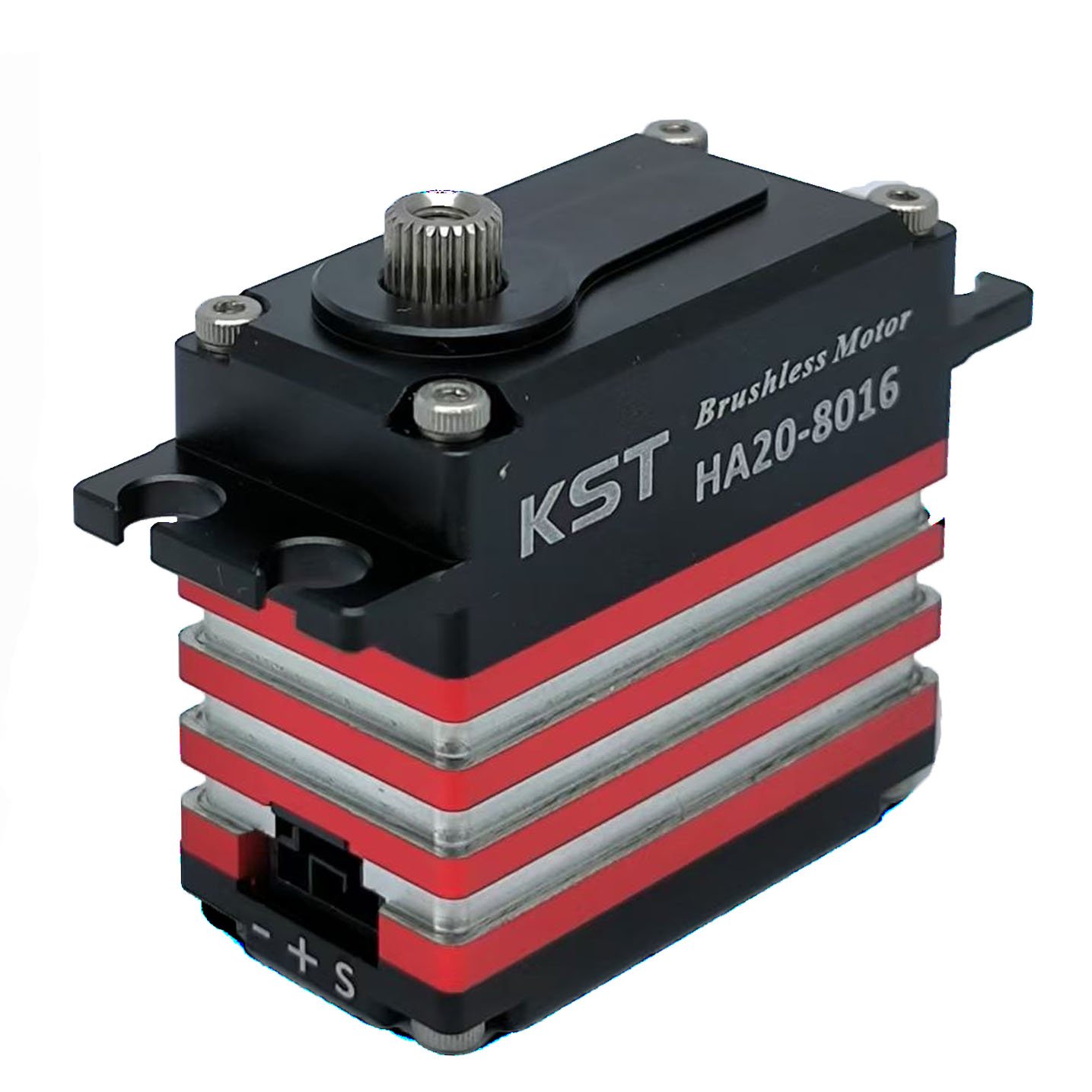SPI is a synchronous serial communication protocol commonly used for data transfer between microcontrollers and external devices.The Serial Peripheral Interface (SPI) is a communication protocol widely utilized for data transfer between microcontrollers and small peripherals, including shift registers, sensors, and SD cards. It employs distinct clock and data lines, along with a select line to identify the specific device for communication. It operates on a master-slave architecture, where the master device controls the communication process and the slave device responds to the master’s requests.
How does the Serial Peripheral Interface (SPI) work?
Device Selection: The master device (typically a microcontroller) activates a specific slave device by controlling one or more chip select (CS) lines.
Clock Signal: The master generates a clock signal (SCK) that synchronizes data transfer. The clock frequency determines the speed of data transmission.
Data Transmission:
1.Master Sends Data: The master sends data on the Master Out Slave In (MOSI) line. Data is transmitted bit by bit, usually read on the rising or falling edge of the clock signal.
2.Slave Receives Data: The corresponding slave sends data back on the Master In Slave Out (MISO) line, which the master can read on the appropriate edge of the clock signal.
Full-Duplex Communication: SPI supports full-duplex communication, allowing the master and slave to send and receive data simultaneously.
Transmission Completion: After the data transfer is complete, the master can deactivate the chip select line, ending communication with the slave device.
This protocol is widely used in various applications due to its simplicity and high speed.
Serial Peripheral Interface Configurations
Clock Polarity (CPOL): This setting determines the idle state of the clock line (SCK)
1.CPOL = 0: Clock is low when idle.
2.CPOL = 1: Clock is high when idle.
Clock Phase (CPHA): This setting determines on which clock edge data is sampled and shifted
CPHA = 0: Data is sampled on the first clock edge (first transition) and shifted on the second.
CPHA = 1: Data is shifted on the first clock edge and sampled on the second.
Data Order: This specifies the order in which bits are transmitted:
MSB First: Most Significant Bit is transmitted first.
LSB First: Least Significant Bit is transmitted first.
Clock Frequency: This is the speed at which the clock signal toggles, affecting the data transfer rate. Both master and slave must agree on the frequency to ensure proper communication.
Chip Select (CS) Configuration: Each slave device requires a separate CS line. This line must be asserted (usually low) to select the slave for communication.
Full-Duplex vs. Half-Duplex: SPI typically operates in full-duplex mode, allowing simultaneous sending and receiving of data. Half-duplex mode can also be configured if necessary.
Serial Peripheral Interface Types
Standard SPI: The most common type, where one master controls multiple slaves using separate chip select (CS) lines for each.
Quad SPI (QSPI): An extension of standard SPI that uses four data lines for increased data transfer rates, allowing for faster communication.
Dual SPI (DSPI): Similar to QSPI but utilizes two data lines, effectively doubling the data rate compared to standard SPI.
SPI with Multiple Masters: Configurations that allow multiple master devices on the same bus, requiring additional management for bus arbitration.
Microcontroller-specific SPI: Variants tailored to specific microcontrollers, often with unique features or optimizations for their architectures.
Device-specific SPI: Some devices may implement custom SPI variations, which might include proprietary features or protocols.
Advantages and Disadvantages
Advantages:
- High Speed: SPI can achieve data transfer rates of several Mbps, making it suitable for applications that require fast data exchange.
- Full-Duplex Communication: Allows simultaneous sending and receiving of data, enhancing communication efficiency.
- Simplicity: The protocol structure is clear and easy to implement.
Disadvantages:
- High Pin Count: Compared to other protocols (like I2C), SPI requires more pins to connect multiple devices.
- No Multi-Master Support: Typically, SPI supports only a single master device controlling multiple slave devices.
Application Scenarios
- Memory Devices: Such as flash memory and EEPROM for fast data storage.
- Sensors: Such as temperature sensors and accelerometers for real-time data transmission.
- Displays: Used to control LCD and OLED screens.
The Serial Peripheral Interface (SPI) plays a significant role in embedded systems due to its efficiency, simplicity, and flexibility. Whether handling sensor data or interacting with memory, SPI is an ideal choice. For developers, understanding the working principles and application scenarios of SPI will help in selecting the right communication solution for efficient data transfer.
For more information please contact us:emi-ic.com
























